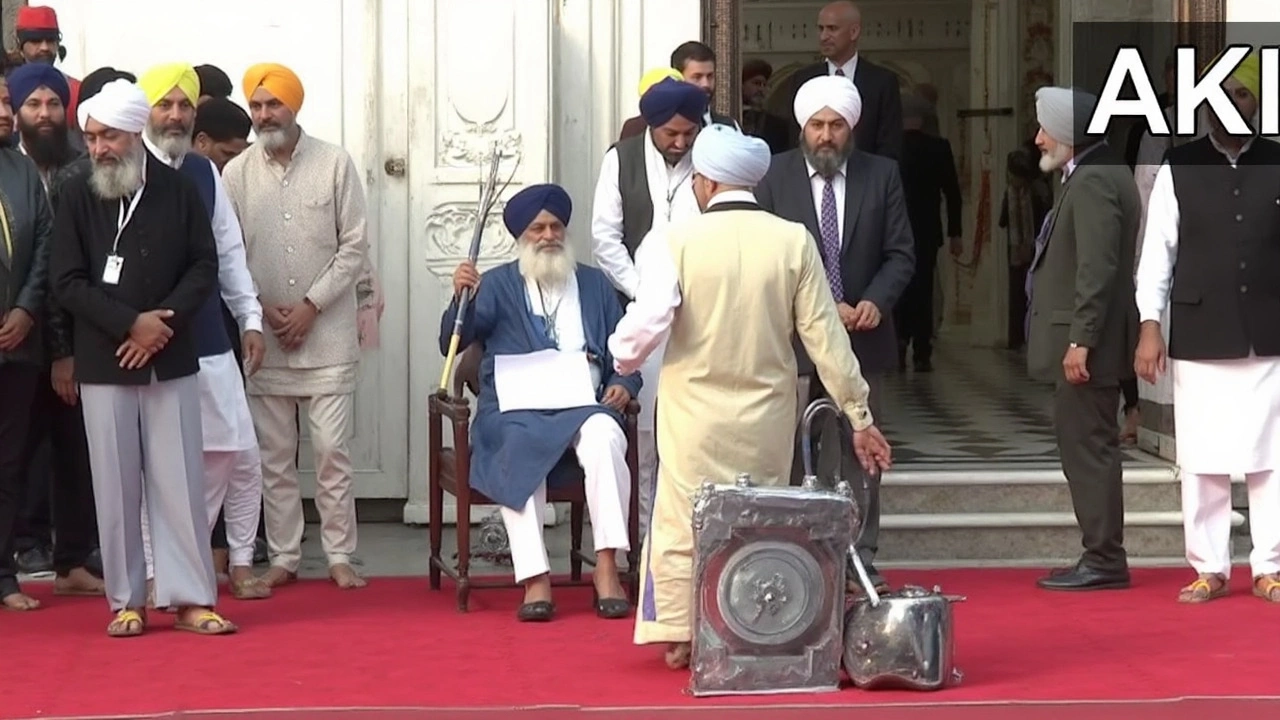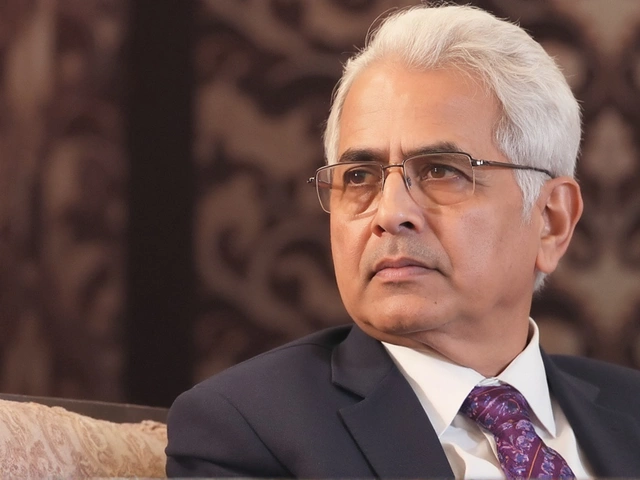Akal Takht: History, Meaning and Its Role in Sikhism
Ever wondered why the golden throne in Amritsar matters so much to Sikhs? That’s the Akal Takht, the highest seat of temporal power for the Sikh community. It sits right next to the Golden Temple, but its story and purpose are completely different from the spiritual side of the gurdwara.
What is the Akal Takht?
The Akal Takht was founded by Guru Hargobind in 1606. He wanted a place where Sikhs could discuss worldly issues, settle disputes, and decide on matters of justice. The name means “Throne of the Timeless One,” showing that authority should never be tied to ego or a single ruler. Over the years, the building was rebuilt, damaged, and restored several times, yet its core idea stayed the same – a roof where Sikhs can speak truth to power.
When you step inside, you’ll see a simple raised platform, a single sword (the kirpan) and a red flag. Those symbols remind everyone that the Akal Takht stands for courage, equality and the duty to protect the weak. The space isn’t used for prayer; instead, it hosts meetings, legal rulings and announcements from the Takht Council.
Why the Akal Takht matters today
In modern times, the Akal Takht still decides on big issues like political stances, community disputes, and even religious reforms. If a Sikh organization wants to be recognized globally, they often need a nod from the Akal Takht. Its decisions can influence how Sikhs respond to government policies, inter‑faith dialogue, and social challenges.
For example, when a controversial law hits Punjab, the Takht may issue a statement urging calm or calling for protest. These statements carry weight because the Akal Takht is seen as a neutral, respected voice that reflects the collective wisdom of the Sikh community.
Another practical role is handling marital disputes, inheritance cases, and other personal matters. People trust the Takht for fair judgments because it blends religious values with common‑sense justice. That blend makes the Akal Takht a bridge between tradition and everyday life.
If you’re visiting Amritsar, don’t just snap a photo of the Golden Temple – walk over to the Akal Takht and feel the history under your feet. You’ll notice a different vibe: a place buzzing with discussion, debate, and the occasional chanting of “Waheguru.” It’s a reminder that Sikhism isn’t just about meditation; it’s also about standing up for what’s right.
Understanding the Akal Takht helps you see why Sikhs place such strong emphasis on both spiritual and temporal balance. The two pillars – the Harmandir Sahib (spiritual) and the Akal Takht (temporal) – together illustrate a complete worldview, where worship and action go hand in hand.
So next time you hear someone mention the Akal Takht, you’ll know it’s not just an architectural marvel. It’s a living institution that guides, protects, and unites Sikhs worldwide, keeping the community rooted in justice while looking toward the future.
Sukhbir Badal Accepts Religious Penalty at Golden Temple Amid Health Challenges
Sukhbir Badal accepted a rare religious penalty at the Golden Temple, performing service while injured for governance errors during the SAD's rule. Along with other Akali leaders, the punishment highlighted the Sikh clergy's demand for public accountability on issues like the Dera pardon and sparked debate on faith, politics, and leadership in Punjab.





